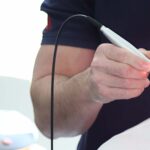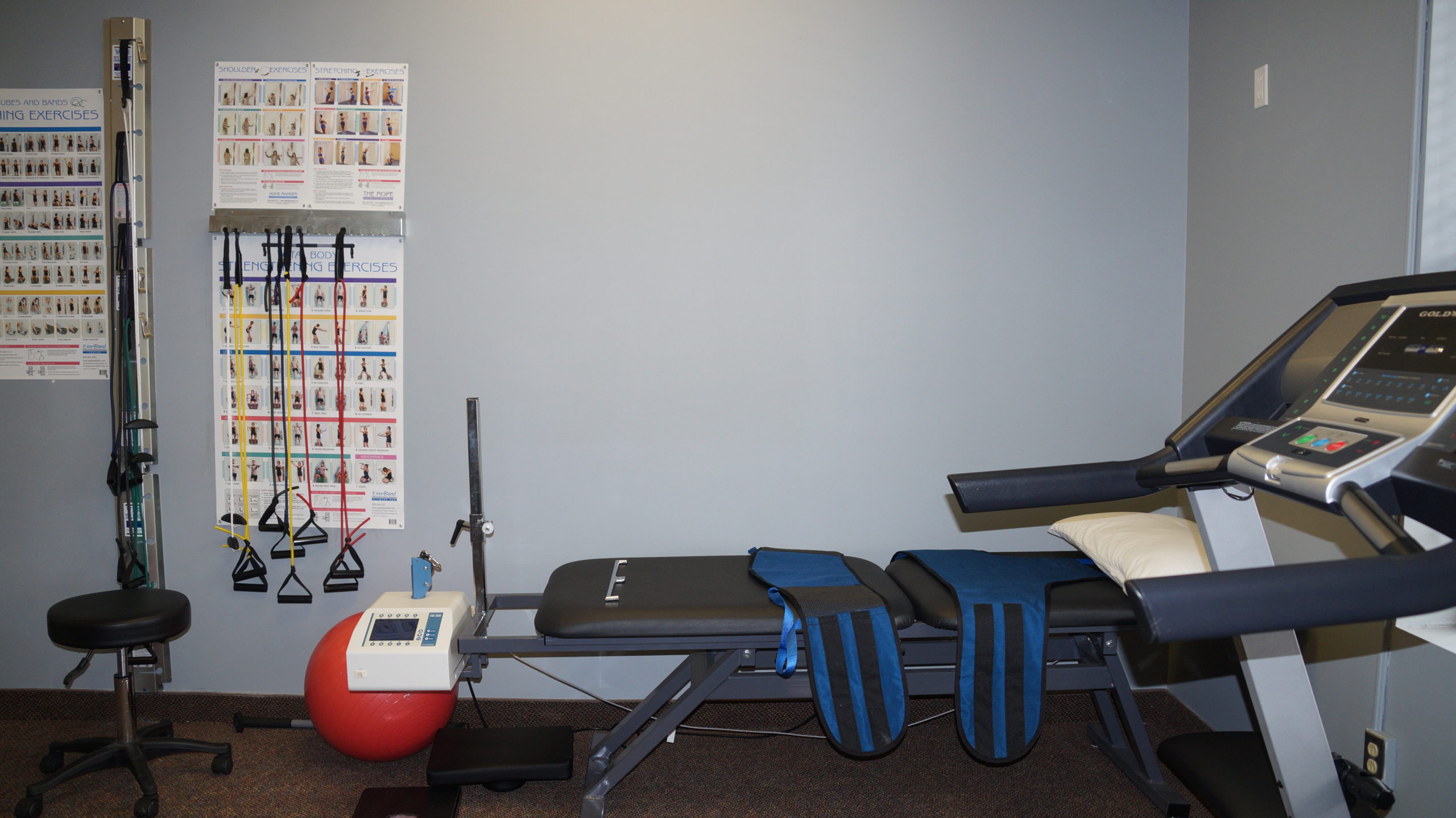Shock Wave Therapy
Shockwave therapy has become a safe and effective treatment option for treating chronic problems related to tendons. The procedure uses electromagnetic pulses or pressurized air to send shock waves to the affected body part to address a variety of conditions, such as tennis elbow, plantar fasciitis, and calcified tendonitis. Reported for the first time in 1996, many researchers have published convincing results using shock wave therapy to treat these conditions. Subsequently, in 2000, the therapy was approved by FDA for the treatment of plantar fasciitis. Since then, better versions of the technology have emerged to treat the inflammatory condition of tendons as well as other tissues of the musculoskeletal system.Some studies show promising results for treatment, especially with plantar fasciitis and calcified tendonitis.
How It Works?
Both high and low energy forms of shock wave therapy are available that can be used to treat the common condition of the tendons. High-energy shock wave treatments are given in one session. High-energy form of treatment is quite painful and often require some type of anesthesia to reduce the pain, however it provides quick results. Usually, a general anesthesia or regional block is administered for high-energy treatments. By contrast, low-energy treatment is given in three or more phases. Low-energy shock waves are neither painful nor require local or general anesthesia.
It is believed that shock wave therapy works by inducing microtrauma to the affected tissues and organs. This microtrauma stimulates a healing response in the body that results in the formation of new blood vessels and a greater distribution of nutrients in the affected area. Stimulation through microtrauma is thought to relieve pain, subside associated symptoms like inflammation and initiates a repair process.
Pros
The most interesting aspect of both high and low energy shock wave therapy is that they are non-invasive treatment options for problems that are considered difficult to treat. Because of these difficulties, general physicians, as well as orthopedic doctors, are always looking for more safe and efficient ways of treatment for conditions that don’t tend to improve with traditional treatments.
In addition, potentially serious complications are one of the most problematic aspects of the traditional medicines and surgical procedures of inflammatory tendon conditions. The operated patients can experience persistent pain, problems of wounds and infections. On the other hand, scientific studies and recent clinical trials have shown a few complications with the use of shock wave therapy. Although the effectiveness of this therapy varies from person to person, it is worth trying considering the adverse effects of medicines and costly surgical procedures.





